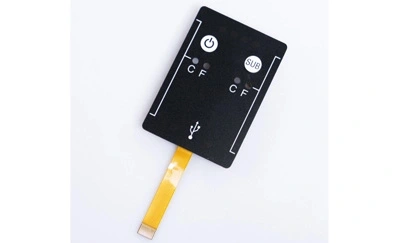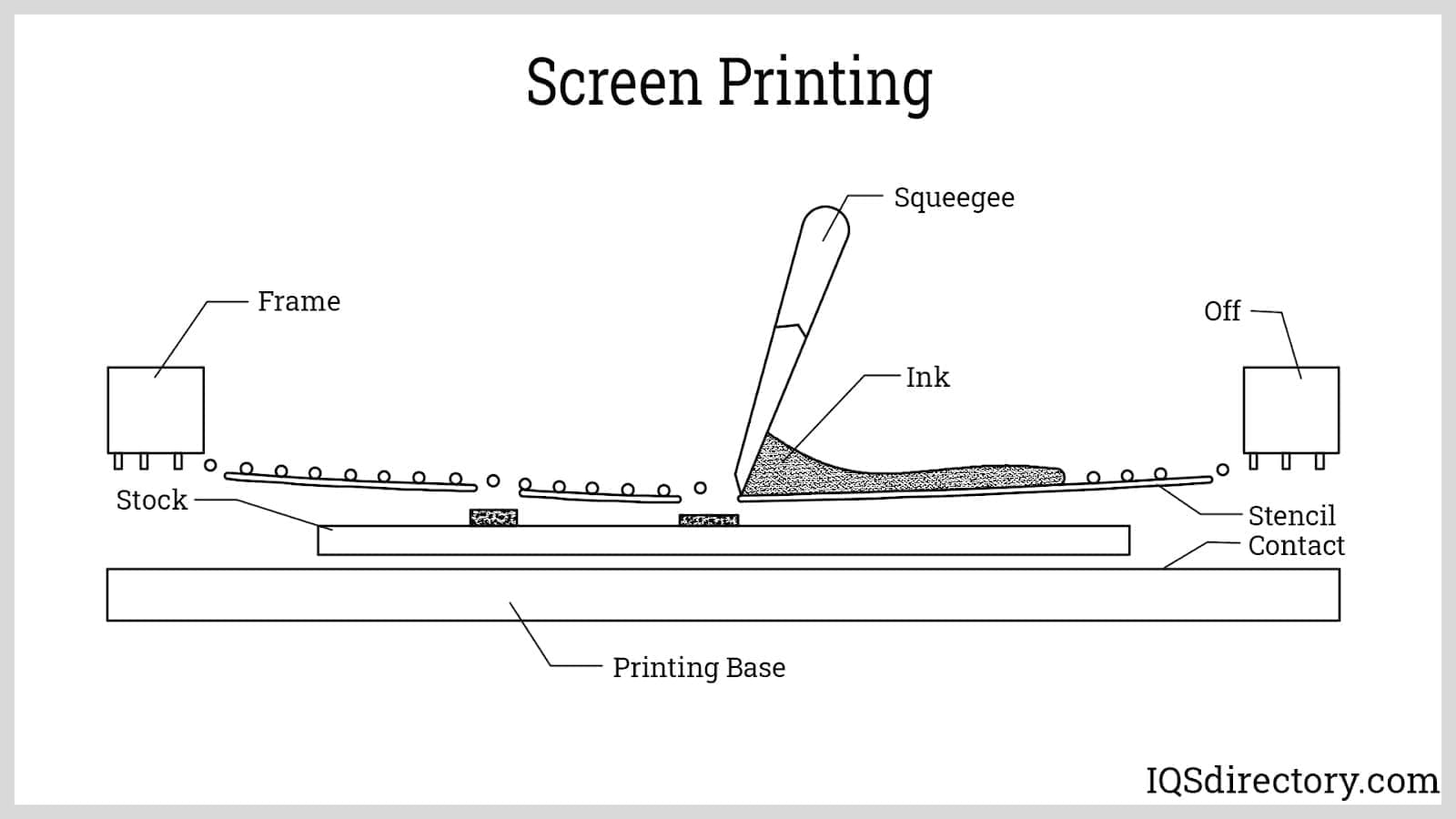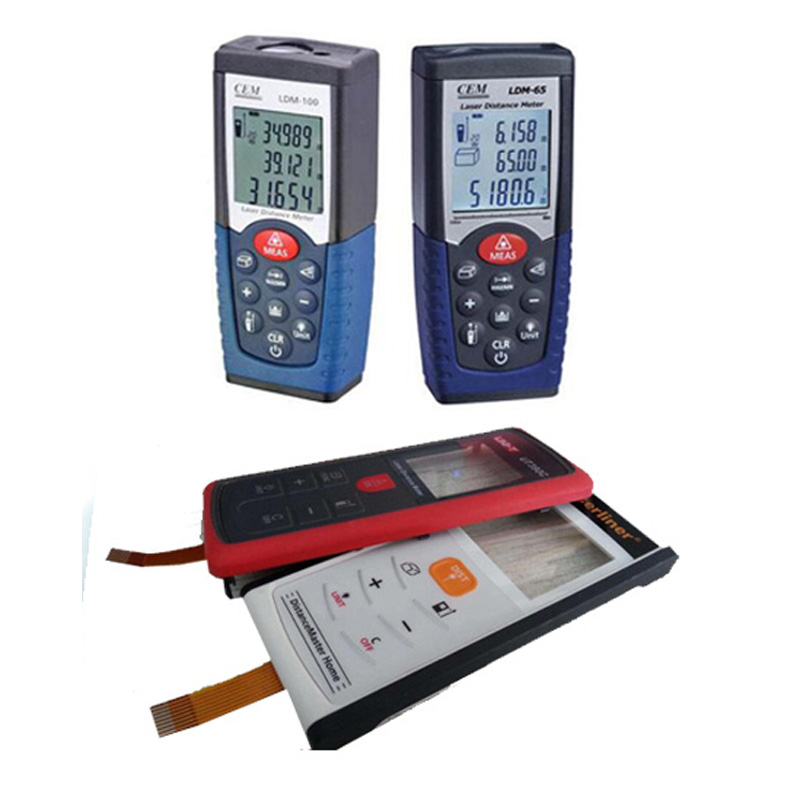The Manufacturing Refine Behind Membrane Switch: What You Need to Know
The production process behind membrane switches combines mindful layout, material selection, and top quality control. It starts with comprehending the details of membrane button design and proceeds via different phases, including material options and printing techniques. Each stage plays a vital duty in making sure performance and longevity. Nevertheless, the complexities of layer construction and the strenuous screening criteria may reveal understandings that are not instantly obvious. What lies beyond these foundational components?
Comprehending Membrane Layer Change Design
Membrane layer buttons might show up simple at initial glance, their style includes elaborate considerations that assure functionality and resilience. The layout procedure begins with an extensive understanding of customer demands, consisting of the interface's intended application and environmental elements. Functional designs is a crucial component, as the format needs to promote ease of use while guaranteeing that tactile feedback meets user expectations.Moreover, the layering of parts, such as visuals overlays, sticky layers, and conductive traces, must be exactly engineered. membrane switch. This split arrangement not only influences the switch's responsiveness however likewise impacts its long life. Focus is provided to the sealing techniques used to protect against dampness and dirt, which could compromise efficiency. Furthermore, design factors to consider encompass aesthetics, where color pattern and aesthetic clearness enhance customer experience. Eventually, the design of membrane layer changes balances capability, individual experience, and sturdiness, ensuring that they fulfill the needs of different applications efficiently
Products Utilized in Membrane Layer Change Production
When choosing products for membrane layer switch production, it is vital to contemplate both efficiency and resilience. The key materials consist of polyester and polycarbonate movies, which supply versatility and toughness. These films are frequently covered with glue to ensure correct bonding to substratums. Conductive inks, generally made up of silver or carbon, are important for creating electric links within the switch, enabling dependable operation.Additionally, a safety layer, such as a tough layer, is frequently related to boost scratch resistance and durability. The selection of backing material, such as acrylic or foam, can significantly influence the button's tactile feel and general customer experience. Furthermore, different ecological elements, including temperature and moisture, need to guide material choice to ensure peak efficiency in specific applications. Eventually, the appropriate combination of materials adds to the membrane button's performance and lifespan, making educated selections essential for producers.
The Printing Process: Creating Graphics and Text
The printing procedure in membrane switch manufacturing plays a significant role in producing top quality graphics and text. Different visuals style methods are employed to guarantee visual allure and functionality, while careful ink selection methods are important for sturdiness and performance. Comprehending these elements is fundamental for accomplishing finest cause membrane switch layout.
Graphic Style Techniques
Graphic design strategies play a vital role in the printing procedure of membrane layer switches, as they specify exactly how graphics and message will eventually appear on the final product. Reliable graphic layout includes the strategic usage of formats, colors, and typefaces to boost readability and visual allure. Designers usually utilize vector graphics for scalability, making certain that pictures continue to be sharp at various dimensions. Additionally, interest to comparison and positioning is essential, as it affects individual communication and visual high quality. The unification of branding elements, such as logos, have to be handled with like preserve brand name honesty. In general, thoughtful graphic design methods contribute significantly to the performance and good looks of membrane layer buttons, influencing individual experience and item performance.
Ink Selection Methods
Choosing the proper ink is vital for accomplishing the desired aesthetic quality and sturdiness in membrane layer switch production. Different ink kinds are utilized, including solvent-based, water-based, and UV-curable inks. Each type supplies unique characteristics, such as adaptability, resistance, and attachment to ecological aspects. Solvent-based inks are often favored for their resilience and dynamic colors, while water-based inks are much more eco-friendly however may have limitations in adhesion. UV-curable inks provide rapid healing and durable efficiency. Furthermore, shade matching techniques guarantee that the selected inks line up with design requirements. Inevitably, the selection of ink have to take into consideration variables such as application technique, substrate compatibility, and end-use requirements to achieve premium lead to membrane layer switch graphics and message.
Layer Building And Construction and Setting Up

Material Option Refine
A cautious choice of materials is essential in the production process of membrane buttons, as it directly affects performance and toughness. The key products made use of include polyester, polycarbonate, and numerous conductive inks. Polyester is usually favored for its outstanding resistance to chemicals and abrasion, making it appropriate for rough atmospheres. Polycarbonate, on the other hop over to these guys hand, offers exceptional clearness and impact resistance, which is useful for applications requiring presence and robustness. Conductive inks, typically composed of silver or carbon, are vital for developing trusted electric pathways. In addition, the selection of adhesive products impacts the total honesty of the switch - membrane switch. Examining elements such as environmental exposure, responsive feedback, and aesthetic demands guides suppliers in selecting the very best materials for their particular applications
Layer Adhesion Strategies
Adhering layers in membrane button building is a crucial process that assures performance and durability. Numerous bond techniques are used to protect perfect bonding between layers, which commonly consist of the use of adhesives, warmth, and pressure. Pressure-sensitive adhesives (PSAs) are commonly used for their ease of application and prompt bonding capabilities. In addition, thermal bonding methods can be why not look here applied, where warm is used to trigger adhesive buildings, protecting a solid bond. The option of attachment method mainly depends on the products involved and the certain application requirements of the membrane button. Proper positioning and consistent application of adhesives are necessary to protect against problems, safeguarding the switch operates successfully throughout its intended life expectancy.
Top Quality Control Measures
Ensuring top quality control during the layer building and setting up of membrane switches is necessary for keeping performance and reliability. This process commonly involves several vital measures, including extensive examinations at each phase of production. Producers use sophisticated screening approaches, such as peel examinations and attachment assessments, to verify the stability of layer bonds. Furthermore, aesthetic assessments are performed to recognize any kind of issues in printing or product inconsistencies. Environmental conditions, such as temperature and humidity, are carefully monitored to guarantee perfect curing and adhesion. Furthermore, regular calibration of equipment aids maintain specific manufacturing requirements. By implementing these quality control measures, suppliers can greatly minimize the danger of item failure, guaranteeing that the last membrane layer changes meet the required requirements and consumer expectations.
Testing and Quality Control Actions

Advancements in Membrane Switch Over Innovation
As developments in technology proceed to develop, membrane buttons are gaining from cutting-edge growths that improve their functionality and customer experience. One significant innovation is the assimilation of capacitive touch innovation, which permits more responsive and user-friendly user interfaces. This change not just improves aesthetics however also minimizes mechanical wear and tear, expanding the lifespan of the switches.Additionally, improvements in graphic overlay products have actually caused improved longevity and resistance to environmental variables such as moisture and UV light. These products currently offer improved quality and brightness, additional boosting the aesthetic appeal.Furthermore, the incorporation of wise modern technology is transforming membrane changes right into interactive control panels, allowing connection with IoT tools. This connectivity promotes a smooth user experience, leading the way for applications in numerous sectors, from healthcare to consumer electronic devices. Jointly, these innovations position membrane changes as essential components in contemporary tool layout.
Regularly Asked Questions
The length of time Does the Membrane Change Production Refine Take?
The period of the membrane layer button production process can vary considerably. Factors such as intricacy, products utilized, and manufacturing quantity influence timelines, with normal manufacturing varying from a couple of days to several weeks for conclusion.
What Are the Common Applications for Membrane Layer Buttons?
Membrane layer buttons are generally made use of in numerous sectors, consisting of vehicle controls, household appliances, medical tools, and customer electronic devices (membrane switch). Their adaptability and longevity make them excellent for applications calling for straightforward user interfaces and trustworthy performance in diverse atmospheres
Can Membrane Switches Be Custom-made for Details Requirements?

What Is the Life-span of a Regular Membrane Switch?
The life expectancy of a normal membrane layer button differs, yet generally, it ranges from 1 to 5 million cycles. Factors such as usage, atmosphere, and material high quality substantially affect durability and overall performance over time.

Are Membrane Switches Environmentally Friendly?
The ecological kindness of membrane layer changes differs. Some materials used might not be recyclable, while others can be green. The total effect depends upon manufacturing materials and practices, demanding mindful consideration throughout selection and disposal. The production procedure behind membrane layer changes combines careful layout, material choice, and high quality control. It begins with comprehending the intricacies of membrane button style and progresses via different phases, including material selections and printing strategies. When picking products for membrane layer button production, it is necessary to contemplate both efficiency and toughness. A careful option of materials is crucial in the production process of membrane buttons, as it directly influences performance and durability. The option of adhesion method greatly depends on the products involved and the certain application requirements of the membrane layer button.